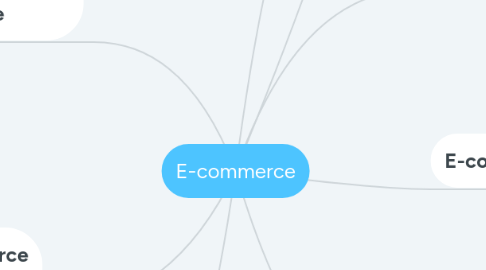E-commerce
by Костя Гаман

1. B2B E-commerce: New Efficiencies and Relationships
1.1. Private industrial networks (private exchange)
1.2. Electronic data interchange (EDI)
2. The principal e-commerce revenue models
2.1. Advertising
2.2. Sales
2.3. Subscription
2.4. Free/freemium
2.5. Transaction fee
3. The mobile digital platform and mobile and E-commerce
3.1. Location-based services
3.2. Banking and financial services
3.3. Mobile advertising and retailing
3.4. Games and Entertainment
4. New Careers in E-Commerce
4.1. E-commerce includes three different, but interdependent, career options: market research analyst, Web developer and computer systems analyst. Market research analysts forecast the trends in sales and produce reports based on their findings for companies to utilize going forward. Web developers create and test Web pages and applications, monitor site traffic and ensure the site can handle it, and work with clients and graphic designers to make sure the site's pages meet their visions. Computer systems analysts choose and configure new hardware and software, as well as test existing systems and find ways to improve their efficiency.
5. Key Concepts in E-commerce
5.1. Information assymetry
5.2. Search costs
5.3. Transaction costs
5.4. Menu costs
6. Types of E-commerce
6.1. Licensing model
6.2. Sales scenario
6.3. Data exchange
7. E-commerce Business Models
7.1. B2B
7.2. B2C
7.3. B2G
7.4. C2C
8. E-commerce Marketing
8.1. Ecommerce marketing is the process of driving sales by raising awareness about an online store's brand and product offerings. Digital marketing for ecommerce applies traditional marketing principles to a multichannel, data-driven environment.


